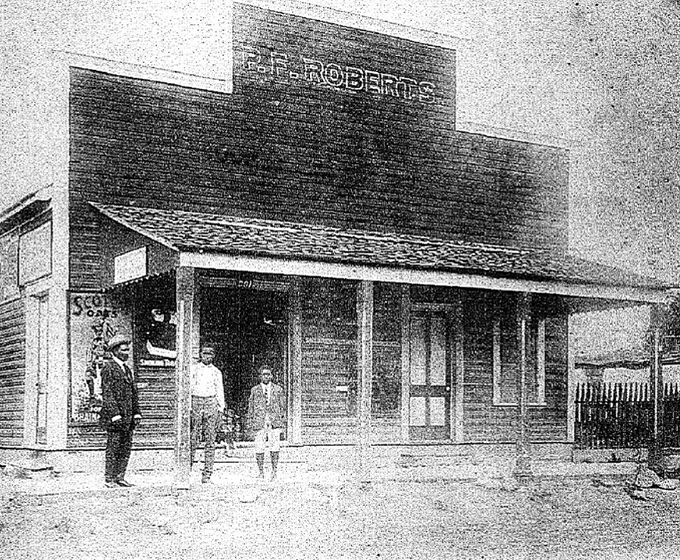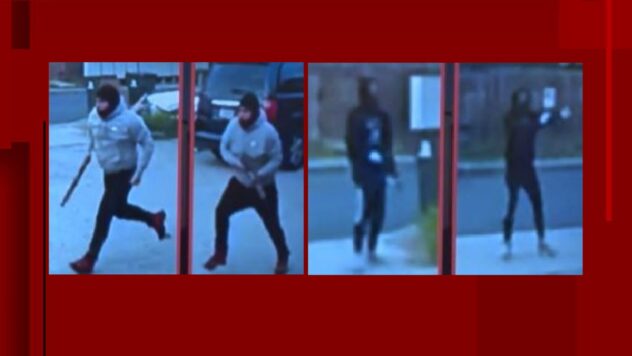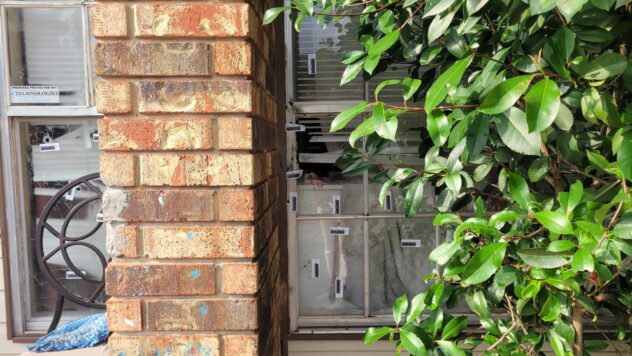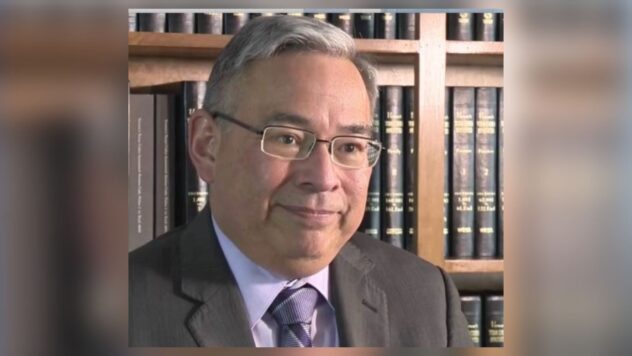Site of one of San Antonio’s first Black-owned shops could get historical designation

Steps from the tourist-filled Tower of Americas and buzz of Hemisfair sits a sort of blink-and-you-miss-it historical site: the former home of the P.F. Roberts Store. It was on that tract of downtown, at 301 Victoria Street, that P.F. Roberts, a prominent San Antonio business and civil rights leaders, opened his first shop.
Though the address no longer exists, researchers at University of Texas at San Antonio are working to designate the current location, near the corner of E Cesar Chavez Boulevard and Indianola Street, as Recorded Texas Historic Landmark status from the Texas Historical Commission.
P.F. Roberts Store was one of the first and only African American-owned businesses in San Antonio in the early 1900s. Roberts, whose parents where both enslaved, graduated as valedictorian from Mississippi’s Tougaloo College before moving to the Alamo City in 1985 to become a teacher, according to a release.
In addition to becoming a prominent business leader and teacher, Roberts went on to becoming a founding member of San Antonio’s NAACP chapter.
READ MORE: A Beverly Hills socialite was entombed in her Ferrari in San Antonio 44 years ago
Both the store and the school where Roberts taught — Norris Wright Cuney School — were located in the city’s Baptist Settlement, a 10-square block near what is now Lavaca and Labor streets. According to UTSA, it was one of the first places that free Black people were allowed to settle in Bexar County.
Though it was surely difficult for Roberts to open a general store earning as a Black man earning a paltry teacher’s salary, legend has it that Roberts was friends with Thomas Claiborne Frost, the founder of Frost Bank. As the story goes, Frost loaned Roberts $2,000 in 1896 to open the shop.
“[P.F. Roberts and T.C. Frost] were friends at a time when it would have been unusual for them to be friends, even though each was a prominent leader in their communities,” says Pat Frost, president of Frost Bank.
“The more knowledge there is about how business leaders worked together more than 100 years ago to further race relations and civil rights, the more that example can be applied to similar discussions today,” Frost added.
READ MORE: Hollywood celebs are moving to Texas. But there’s more to the story.
Eventually, Roberts opened a second shop at his home at 601 S Pine Street, a site which is still owned by Roberts’ grandson Ernest Qadimasil, and for which UTSA is also requesting a historical designation. Researchers note that Robert hosted a number of dignitaries at his Eastside home during his tenure at the NAACP, including Thurgood Marshall, Reverend Claude William Black, Jr., Henry B. González, and Eleanor Roosevelt.
“These two addresses need to be illuminated for the general public, not just for the African American community, but so people might know the activity related to civil rights, women’s rights and Hispanic rights that took place at these addresses,” Qadimasil says. “So many leaders met at the 601 S. Pine Street address to map out the civil rights strategy for the Southwest and United States as well. Little is known about that in this community.”
Read more from Katie















